
Mickey Mouse is the most popular character of Walt Disney’s animated cartoons and arguably the most popular cartoon star in the world.
A cheerful and plucky anthropomorphic mouse, Mickey made his first public appearance in Steamboat Willie, on November 18, 1928. Estimated as standing 2′ 3″ (68.58 centimeters) and weighing 23 pounds (10 kilograms),
Mickey is easily identified by his round ears, red shorts, white gloves, and yellow shoes. He speaks in a falsetto voice, and his speech is typically infused with 1930s slang like “swell” and “gee”. The essence of Mickey’s character is that of an underdog who, despite being small and vulnerable, overcomes larger-than-life adversity through quick wit and a can-do spirit.
According to Symphony Hour, “Mickey and the Culture Clash”, and “The Fancy Gentleman”, Mickey’s full name is Michel Mouse. He has an older sister named Felicity Fieldmouse, by whom Mickey has twin nephews named Morty and Ferdie Fieldmouse, whom he occasionally watches over.
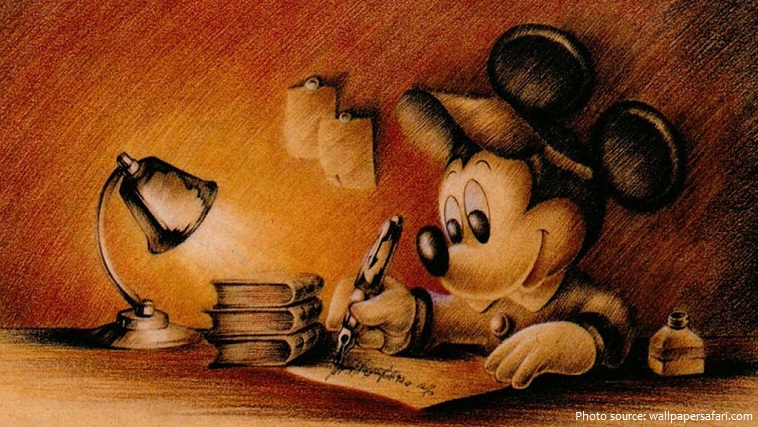
Mickey’s longtime girlfriend is Minnie Mouse. According to Walt Disney, Mickey and Minnie are married in private life and are merely depicted as dating onscreen. Despite their long-term relationship, Mickey has occasionally vied for Minnie’s affections against her ex-boyfriend, Mortimer Mouse.
Mickey is normally depicted as living a modest life with his pet dog, Pluto. His earliest cartoons portrayed him as a country boy living in the midwest.
Mickey was first seen in a test screening of the cartoon short Plane Crazy, on May 15, 1928, but it failed to impress the audience and Walt could not find a distributor for the short. Walt went on to produce a second Mickey short, The Gallopin’ Gaucho, which was also not released for lack of a distributor.
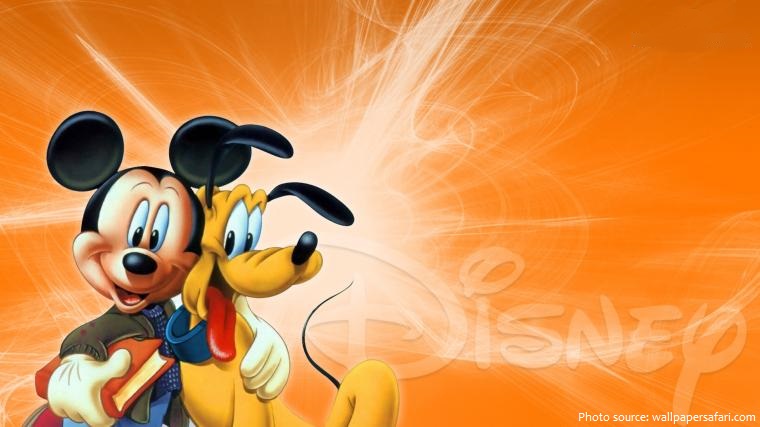
Steamboat Willie is a 1928 American animated short film directed by Walt Disney and Ub Iwerks. It was produced in black and white by Walt Disney Studios and was released by Celebrity Productions. The cartoon is
considered the debut of Mickey Mouse and his girlfriend Minnie, Steamboat Willie was the third of Mickey’s films to be produced, but it was the first to be distributed because Walt Disney, having seen The Jazz
Singer, had committed himself to produce one of the first fully synchronized sound cartoons.
With Mickey’s success all but assured, Disney was offered a deal—$300 in cash for the right to feature Mickey on a children’s pencil tablet. Walt accepted, and thus began Mickey Mouse’s foray into merchandising.
Furthermore, Disney created the original Mickey Mouse Club in 1929 for fans of his character and cartoons. Though the club had its start in the United States, it would later expand to overseas markets such as Europe and Australia. The club had over one million members. In June of 1929, J.V. Connelly of King Features.

Mickey first appeared in comics after he had appeared in 15 commercially successful animated shorts and was easily recognized by the public. Walt Disney was approached by King Features Syndicate with the offer to license Mickey and his supporting characters for use in a comic strip. Disney accepted and Mickey Mouse made its first appearance on January 13, 1930.
In 1932 Disney was given a special award by the Academy of Motion Picture Arts and Sciences for the creation of Mickey Mouse.
Mickey first appeared animated in color in Parade of the Award Nominees in 1932 – however, the film strip was created for the 5th Academy Awards ceremony and was not released to the public.
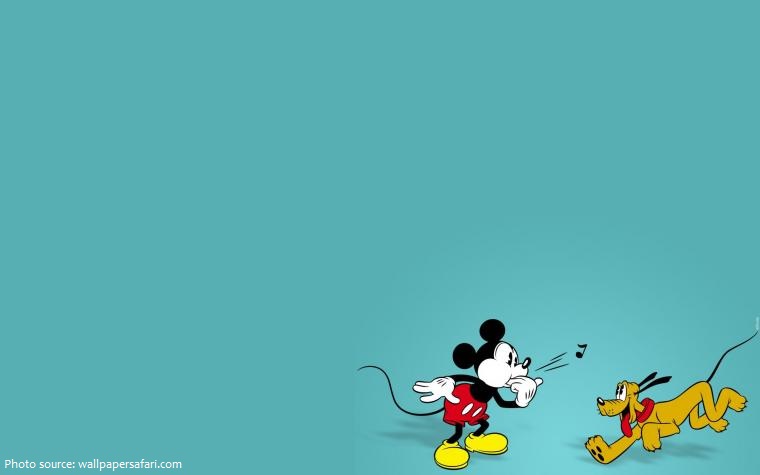
The Disney artists indulged in Mickey’s popularity by producing Mickey’s Gala Premiere in 1933 (which paired Mickey with numerous A-list Hollywood stars). On June 1, 1934, Mickey briefly appeared in Hollywood Party opposite Jimmy Durante—the only animated character to appear in the crossover picture.
It wouldn’t be until 1935’s The Band Concert, that Mickey was given his first official cartoon in color. The short depicted Mickey as the struggling conductor of a public band concert, with such nuisances as Donald
Duck and a sudden tornado causing havoc throughout the performance.
During the early years, Mickey was drawn by noted animator Ub Iwerks, and Disney himself provided Mickey’s voice until 1947.
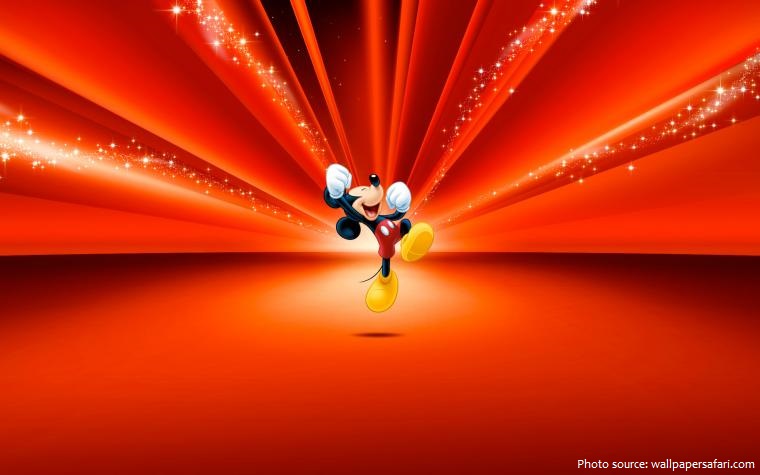
In the 1950s, Mickey became more known for his appearances on television, particularly with The Mickey Mouse Club. Many of his theatrical cartoon shorts were rereleased on television series such as Ink & Paint Club, various forms of the Walt Disney anthology television series, and on home video. Mickey returned to theatrical animation in 1983 with Mickey’s Christmas Carol, an adaptation of Charles Dickens’ A Christmas Carol in which Mickey played Bob Cratchit. This was followed up in 1990 with The Prince and the Pauper.
On November 18, 1978, in honor of his 50th anniversary, Mickey became the first animated character to have a star on the Hollywood Walk of Fame. The star is located at 6925 Hollywood Blvd. That same year, Mickey would appear at the 50th Academy Awards ceremony to help announce the winner for Best Short Film (Animated). Mickey would later go on to appear at the Academy Awards ceremonies of 1988 and 2003.
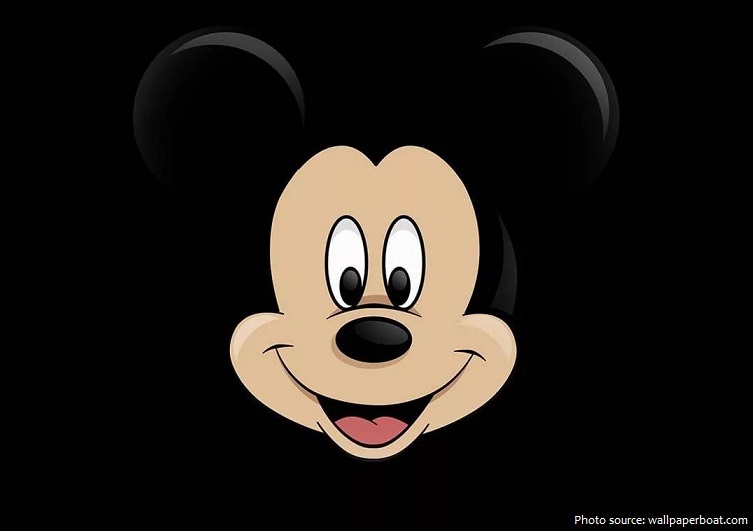
In 1994, four of Mickey’s cartoons were included in the book The 50 Greatest Cartoons, which listed the greatest cartoons of all time as voted by members of the animation field. The films were The Band Concert (#3), Steamboat Willie (#13), Brave Little Tailor (#26), and Clock Cleaners (#27).
Mickey and his friends received a major comeback with the premiere of the Mickey Mouse Works series of shorts in 1999, shepherd by Roy E. Disney (son of Roy O. Disney and nephew of Walt). Developed in the style of Disney’s Golden Age of Animation, the show featured new cartoons starring Mickey, in which he embarked on comical misadventures often caused by his own mischief.
Mickey Mouse is the mascot of The Walt Disney Company.